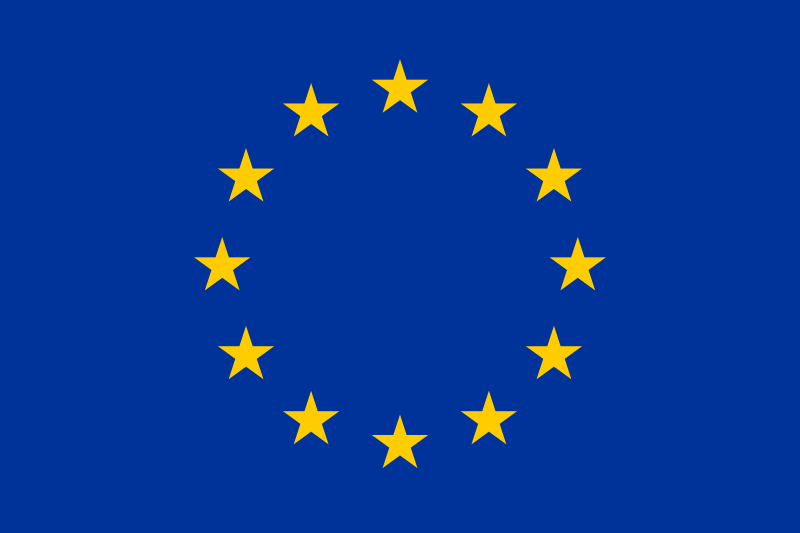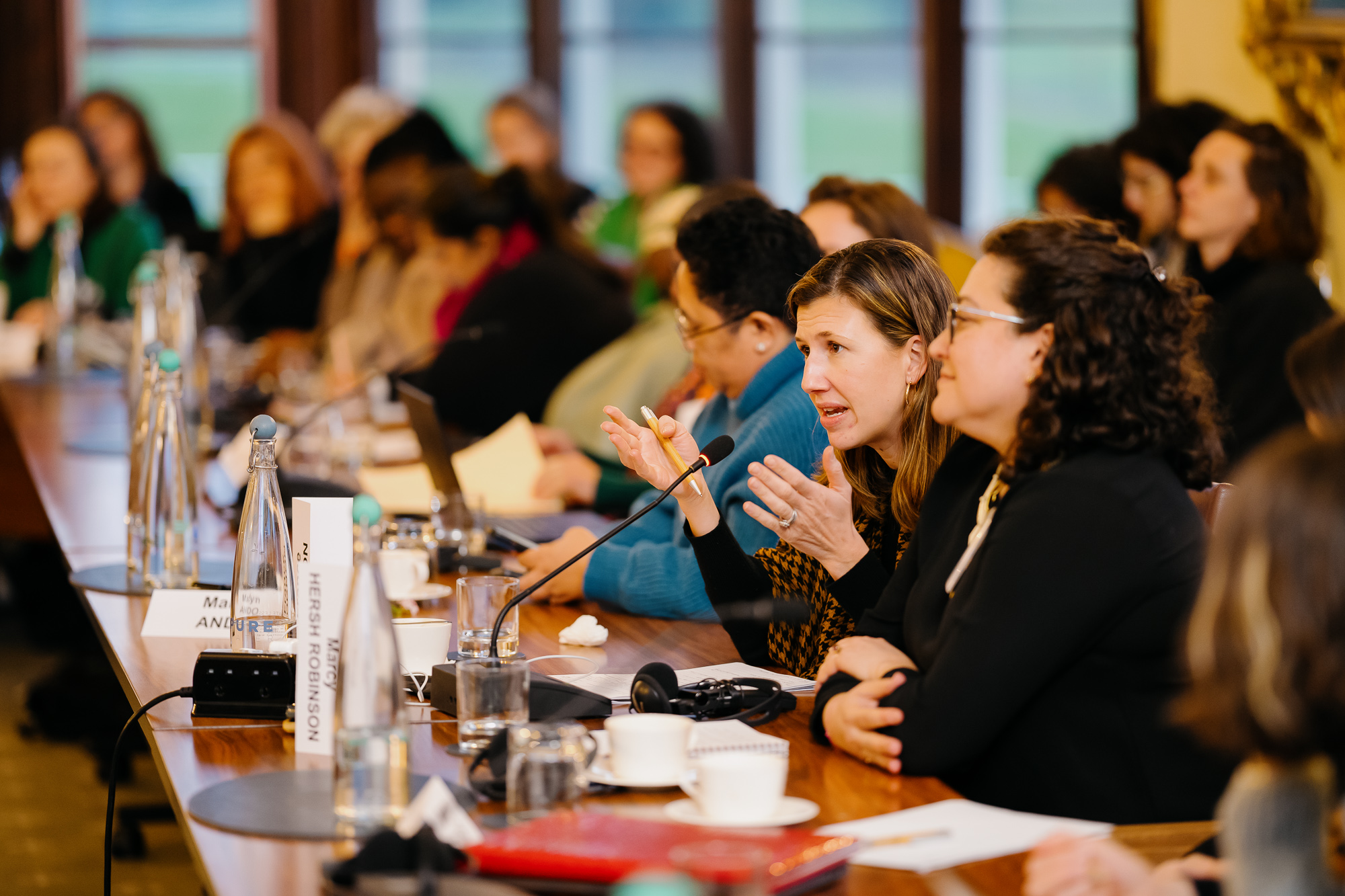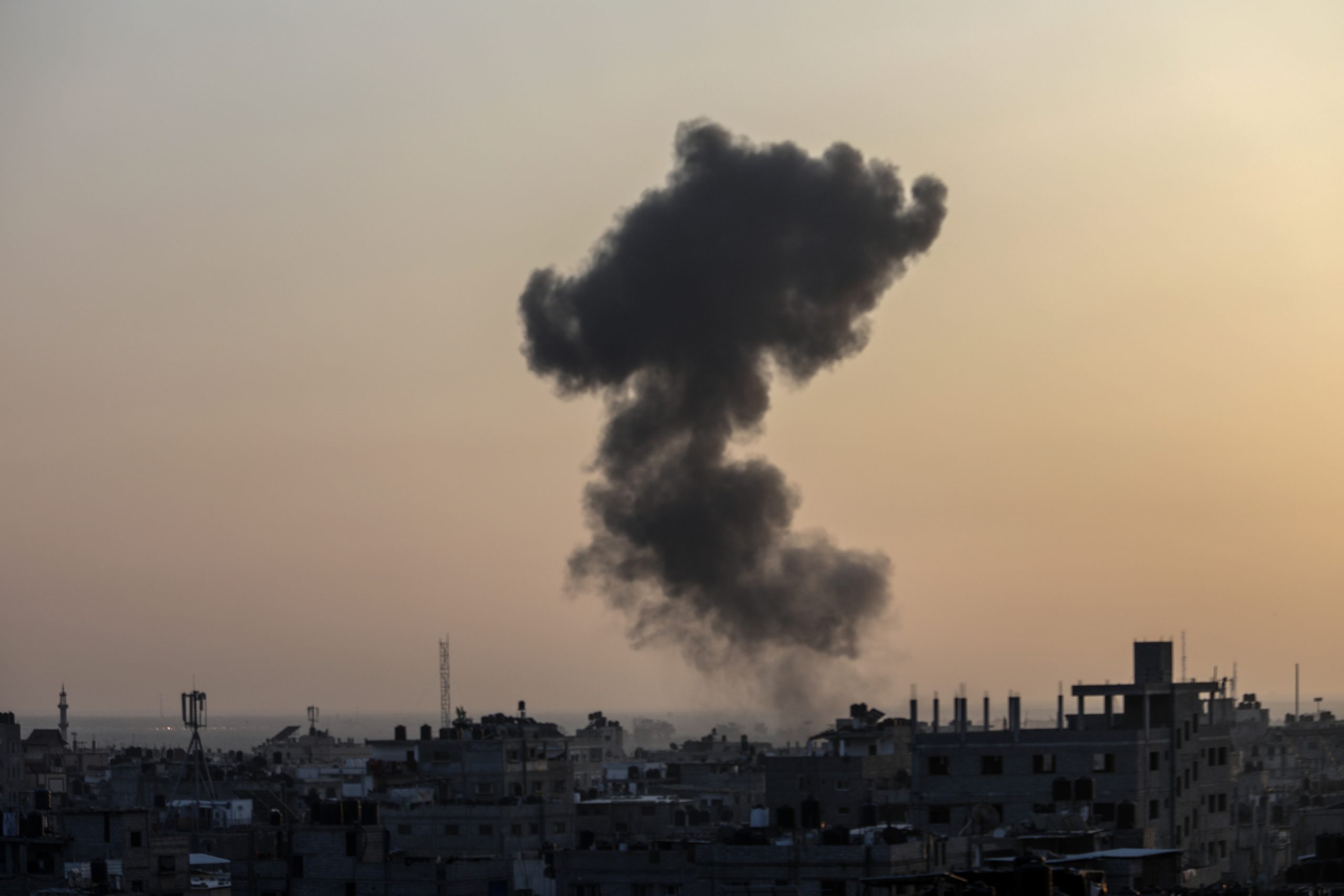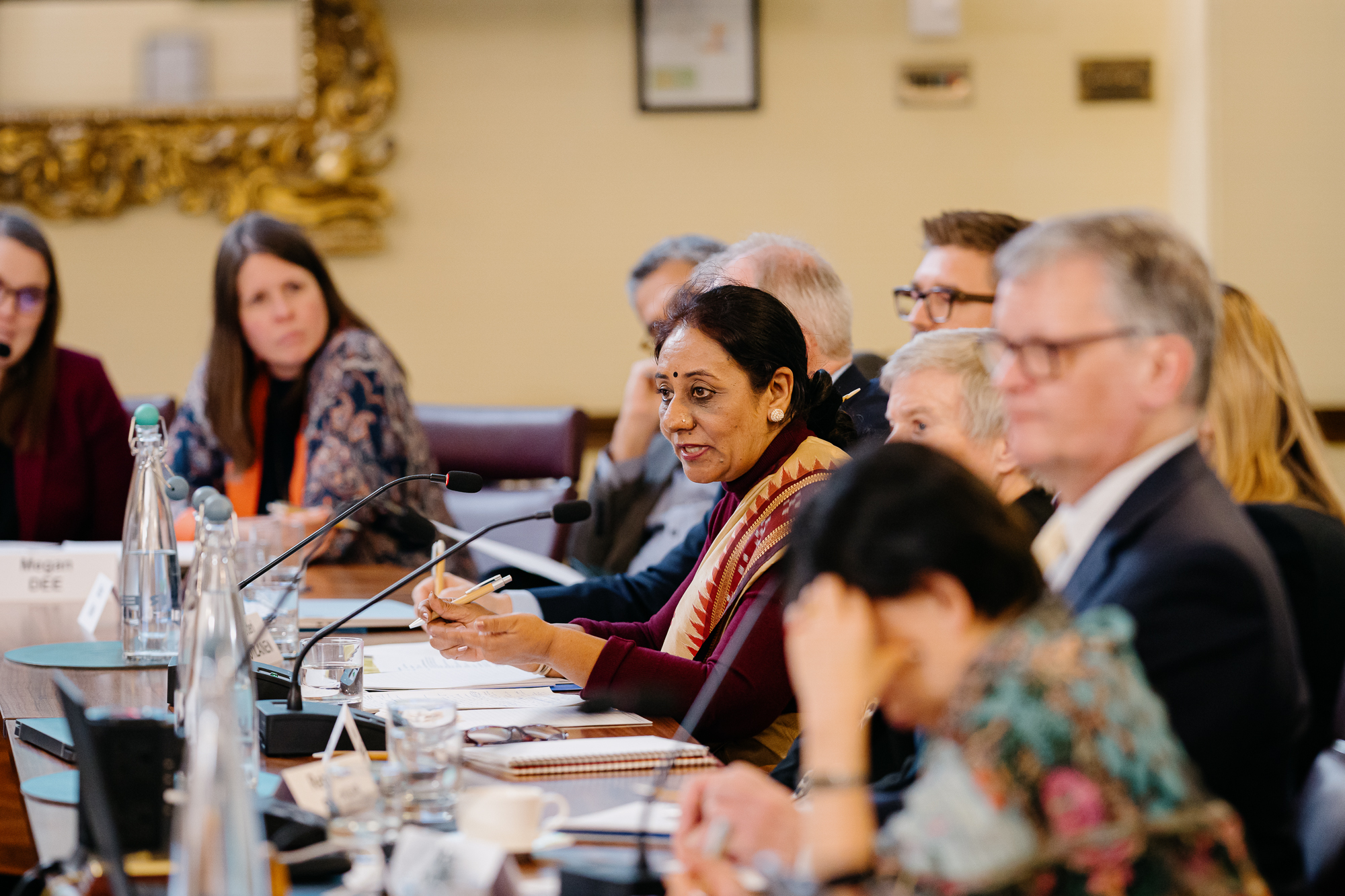Our first comprehensive approach conference in December 2012 stimulated much of the thinking that has since guided the work of High Representative/Vice President Ashton, EEAS, the Commission and member states.
This conference sought to build on the contents of the Joint Communication by examining in a more contextualised framework:
- how to apply in a coordinated and sequenced way the EU’s tools (diplomacy, sanctions, CSDP, IfS and development) to different types of fragile state situations and phases of the conflict cycle;
- possible mechanisms for achieving better coordination across relevant EU capabilities in key programme areas such as security and justice sector reform; disarmament, demobilisation and reintegration (DDR) and proliferation of small arms and light weapons (SALW);
- detailed case studies of specific countries and regions for lessons as well as for how the comprehensive approach could work in practice going forward and
- to continue building a network of policymakers in Brussels and in national capitals across the range of key military and civilian capability areas to help drive the process forward
Further information
Conference: Operationalising the comprehensive approach
Report: Operationalising the comprehensive approach
News: GPPi contributes to Wilton Park conference on EU crisis management












